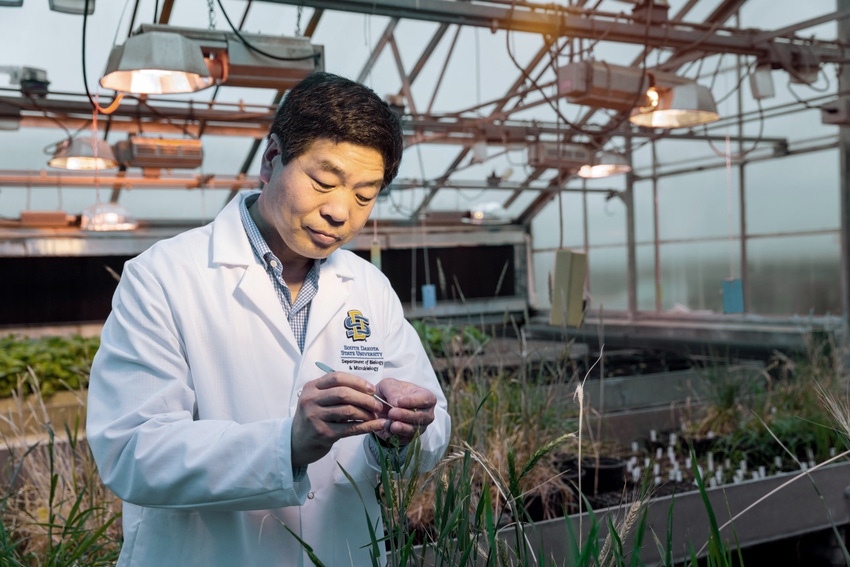INSIDE WASHINGTON: Focus made on ag research
Ag research caucus in Congress offers opportunity to build momentum for increased ag research funding.
3 Min Read

South Dakota State University associate biology and microbiology professor Wanlong Li assesses the growth of two-week-old wheat seedlings. Through a new three-year, $930,000 U.S. Department of Agriculture grant, Li hopes to improve wheat yields by increasing the size and weight of the kernels.Credit: Photo by Emily Weber/South Dakota State University.
About the Author(s)
Subscribe to Our Newsletters
Feedstuffs is the news source for animal agriculture
You May Also Like





